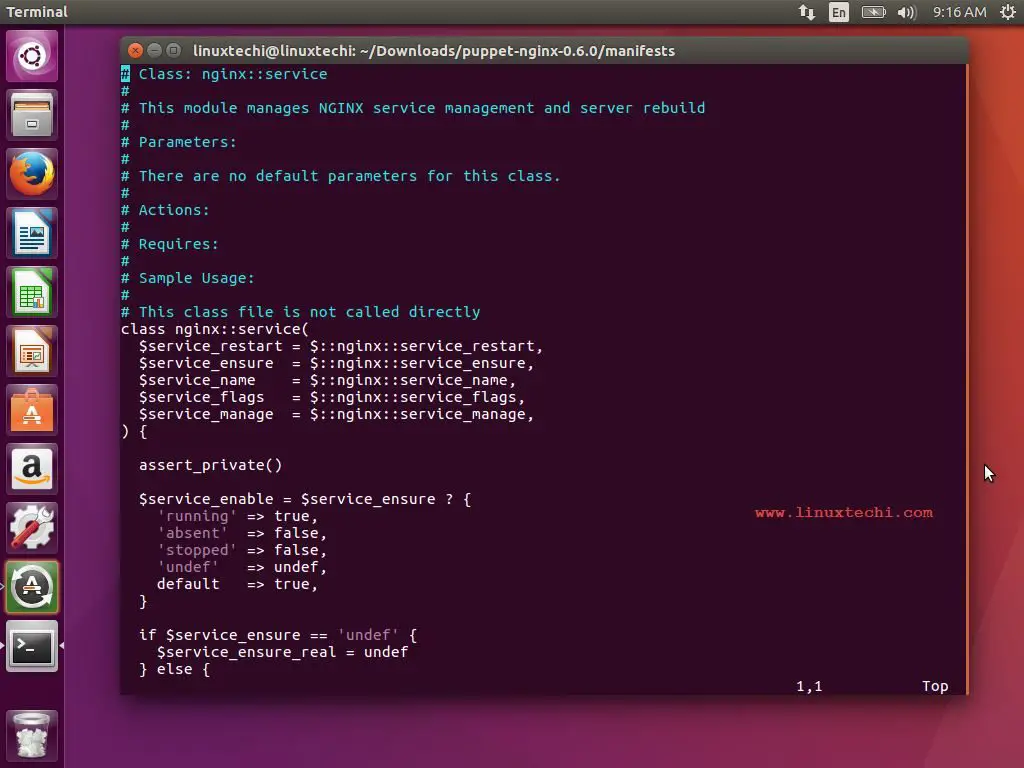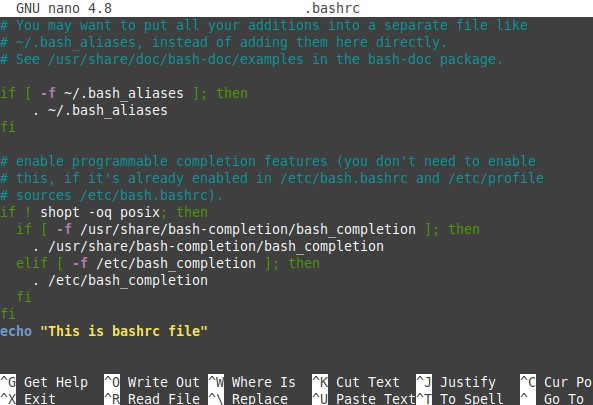

Apart from using numbers, such as 1-4, 20-32, etc., we can also use certain words such as end, odd, even. There are many different options available when working with page ranges. $ pdftk filename.pdf cat 1-5 10-end removespages6-9.pdf Making sense of the page ranges We’ve only seen a merge operation so far, but we can easily break a PDF file into smaller parts with PDFtk by utilizing the ‘cat’ operation along with the desired page range: $ pdftk filename.pdf cat 1-5 output fivepages.pdf $ pdftk A=first-file.pdf B=second-file.pdf cat A1-20 B10-35 output mixed-file.pdf Finally, we’ve used page ranges with the different ‘handles’ to define the sequence of pages in the final output file. This enables us to refer to the different ‘handles.’ Otherwise PDFtk is unable to locate the different PDF files. Note that unlike previous examples, we’ve also added ‘cat’ to this command. You can only use uppercase letters to define ‘handles’ and we can use multiple letters per handle to create as many handles as we require, for example A, AB, ASD. You can use multiple such ‘handles’ with PDFtk where each ‘handle’ is a separate PDF file. Notice how we’ve used alphabets A and B to identify our two input PDF files. Here is an example that will take 15 pages from one file, and only 20 from the second, where both files are actually more than a 100 pages each, we can do that by using handles. We can then select different pages from these files, and even perform different operations on them. Instead of referring to the different files directly by name, we create aliases, called ‘handles’, for the different files. To use a specified range of pages from multiple PDFs, we have to make use of ‘handles’. If all of the files are sequentially numbered or named, and in the same directory, wildcards can be used instead of typing the name of each file individually.

$ pdftk 1.pdf another.pdf 3.pdf yet-another.pdf fifth.pdf output combined.pdf We only have to provide a space separated list of files, in the order you wish to add them, and the name of the output file. The process of merging multiple PDF files into a single document is fairly straightforward with PDFtk.
#Linux edit pdf file how to
More information about edit PDF you may go to for your further reference.$ sudo apt install pdftk How to use PDFtk
#Linux edit pdf file software
So it’s the first software we may thought when edit a PDF file, but the last to choose.Īs mentioned above, we may find there are many ways to edit PDF files, so don’t worry again when facing problems concern with edit the PDF file, just follow the way which you think is most suitable. Many users complain that use the Adobe Acrobat make their computer run slow and it eat up a lot of disk space when the file saved. However it’s an expensive software, you need to pay a high price to purchase, and get familiar with all the features first. You can open your PDF file in Adobe acrobat, edit it directly, and then save your PDF file.
#Linux edit pdf file professional
It helps users preserve the original layout of text, graphics and images after conversion.Įveryone knows that Adobe Acrobat is the professional tool to create PDF, and it is a piece of cake to edit PDF file in it. A good PDF to Word converter supports conversion of single file, batch files, and also selected pages. This is a kind of software specially designed for converting PDF to word.

You could try Zamzar through Ĭons: Slow, not compliant for the conversion of confidential PDF files You can edit the word document after conversion. Then the converted word file would be sent to your mailbox after several minutes. You need to upload the PDF file and enter your email address. Now there are about 4-5 websites provide online PDF to Word conversion service for free. Cons: Complicated, only compliant for one single PDF file conversion


 0 kommentar(er)
0 kommentar(er)
